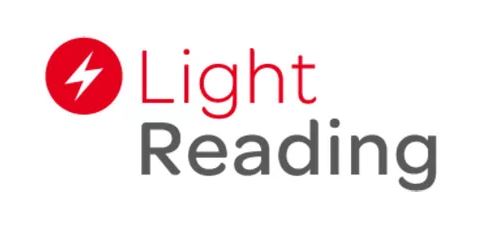Here’s the 5G glossary apparently every American is apparently going to need
T-Mobile on Thursday introduced the market’s newest 5G moniker: “Ultra Capacity.”
The label will stew alongside “5G Ultra Wideband,” “Extended Range 5G,” “5G+,” “5Ge,” “5GTF,” “5G Nationwide” and plain-old “5G” in the US wireless industry, ensuring that if American mobile customers aren’t confused yet, it’s only a matter of time before they’re hopelessly bewildered by operators’ thesaurus-toting marketing executives.
“One midband Ultra Capacity 5G site can cover tens of thousands of times the area that one Verizon Ultra Wideband 5G site can cover, giving T-Mobile customers the Wi-Fi rivaling 5G speeds in waaaaay more places,” boasted T-Mobile in a release that – incredibly – did not include a glossary.
So here’s that 5G lexicon everyone is apparently going to need:
5G Ultra Capacity: This is the new brand that T-Mobile is applying to its 5G network running in the midband 2.5GHz spectrum it acquired from Sprint, as well as its highband, millimeter wave (mmWave) spectrum. The operator said customers with “5G Ultra Capacity” phones and coverage can expect speeds around 300 Mbit/s up to peaks of 1 Gbit/s. Importantly, T-Mobile also published a map of where its new service is available. The operator has promised to expand “Ultra Capacity” to 100 million people by the end of this year and to 200 million people by the end of 2021. (It’s also worth noting that T-Mobile said it will sell a new “Ultra Capacity” hotspot providing up to 100 gigabytes (GB) of data per month for $50, which I guess is a good deal unless of course you use more data than that per month.)
5G Ultra Wideband: This is the label Verizon has applied to its 5G network running in its own mmWave spectrum. Due to the physics of signal propagation in such spectrum, mmWave transmitters can’t reach receivers that are more than a few thousand feet away. As a result, Verizon currently covers only the downtown areas of a few dozen US cities with “Ultra Wideband” connections. Both AT&T and T-Mobile operate similar, smaller mmWave networks in a handful of cities.
5G+: This is the label AT&T has applied to its own mmWave network. However, the operator appears to be focusing its energies on 5G in other spectrum bands. (It’s worth noting that T-Mobile confirmed its “Ultra Capacity” label also applies to its own mmWave network, at least for the time being.
To read the complete article, visit Light Reading.

















